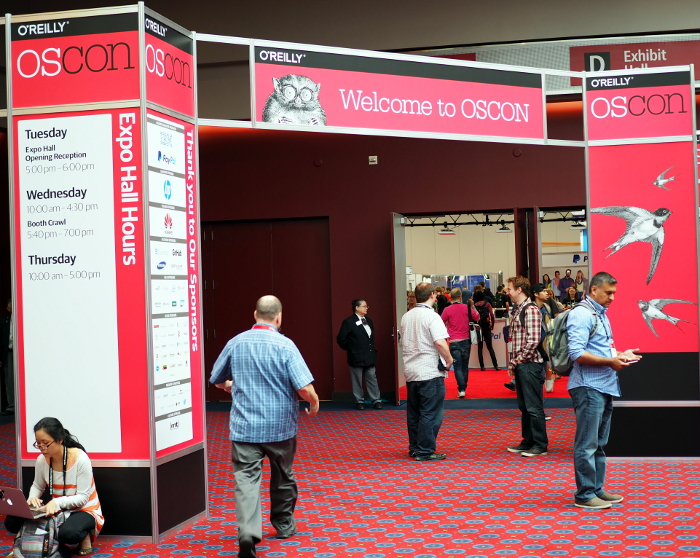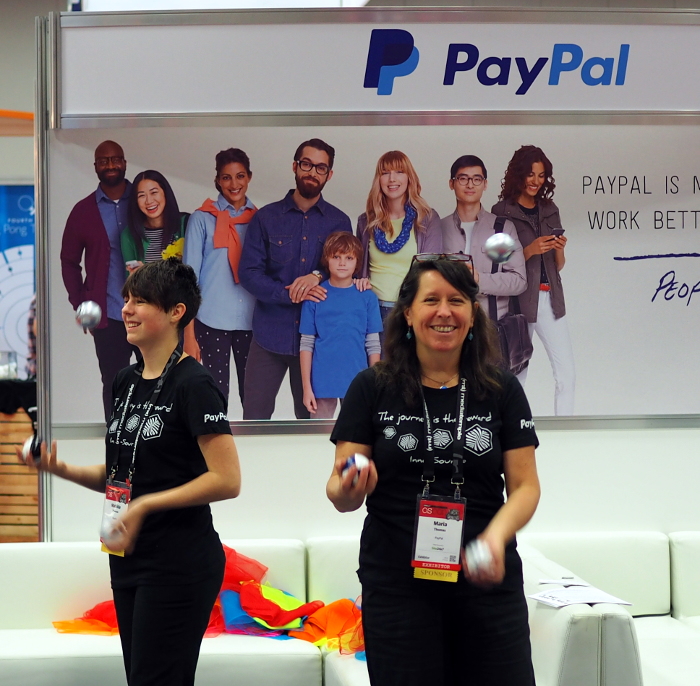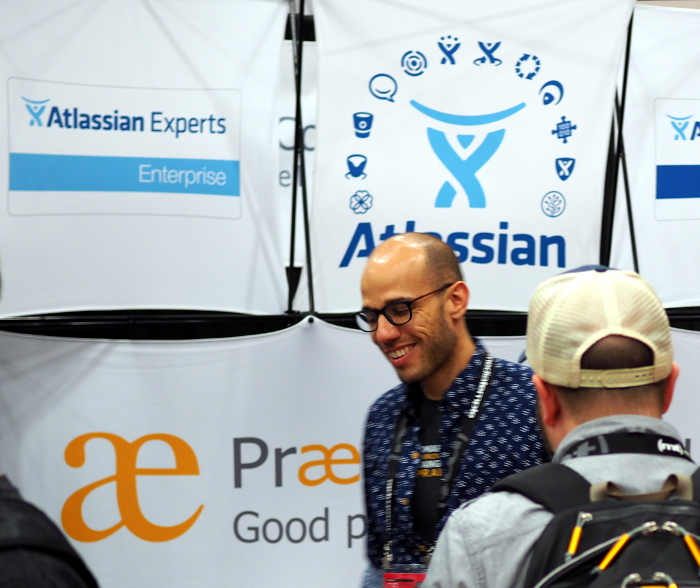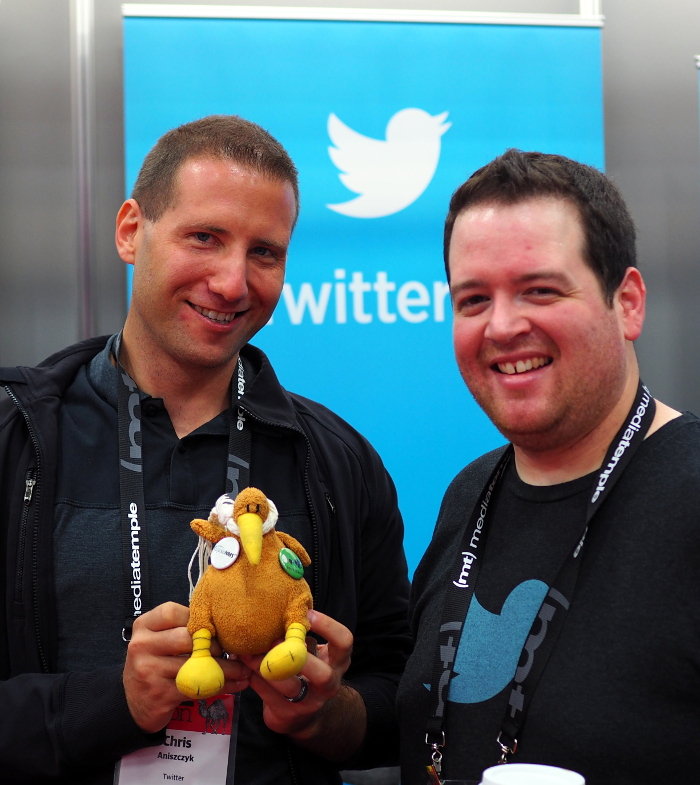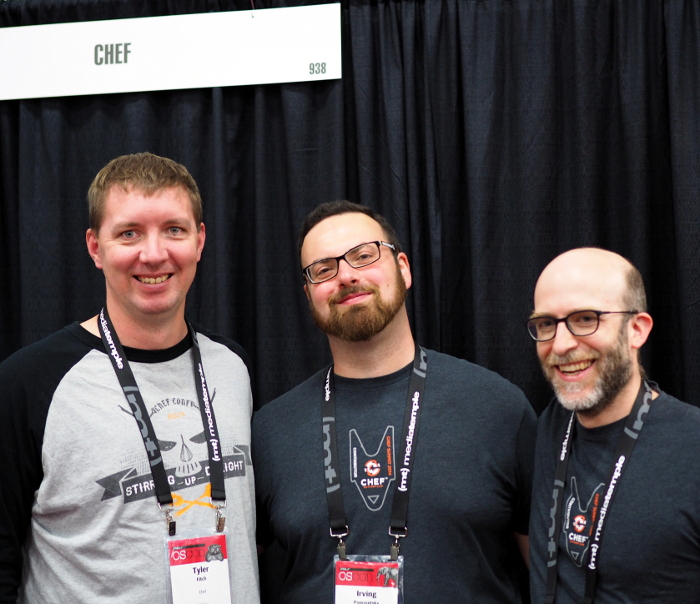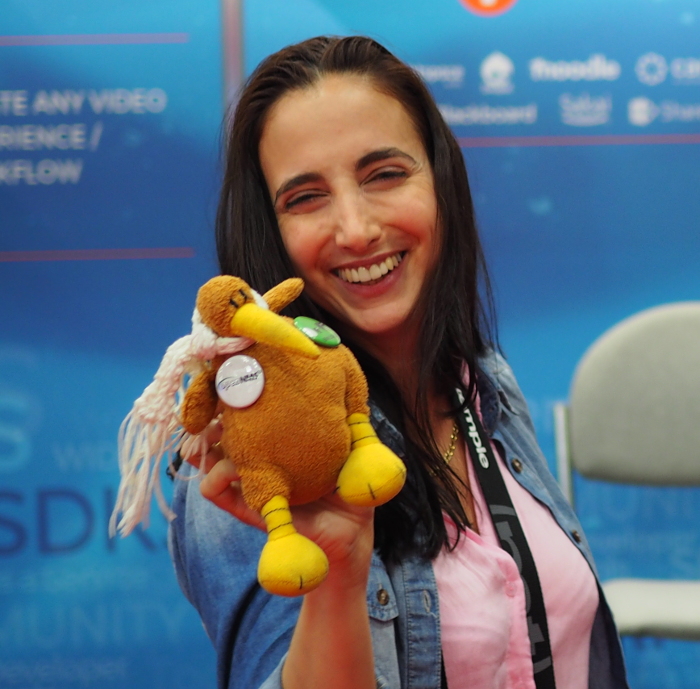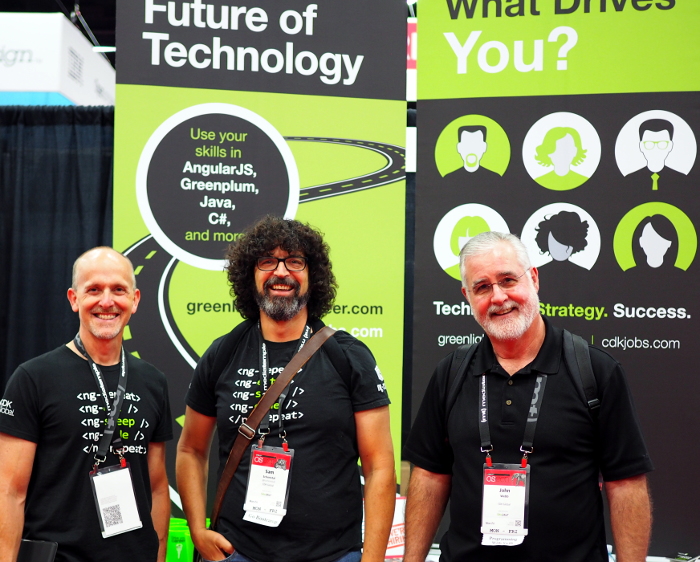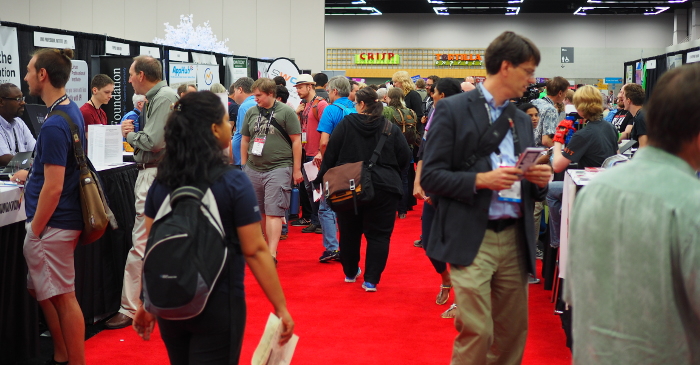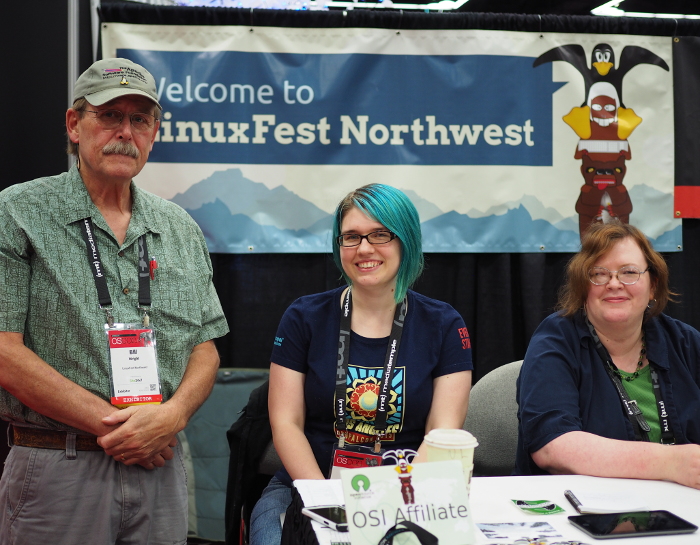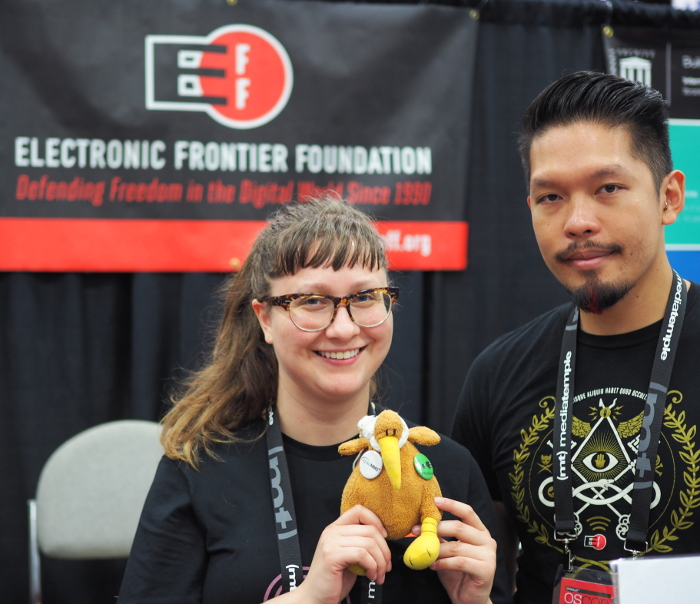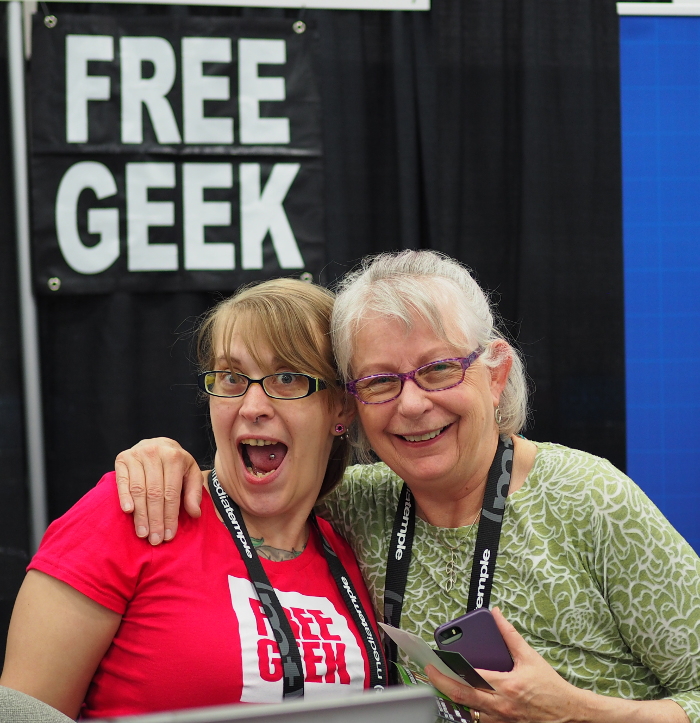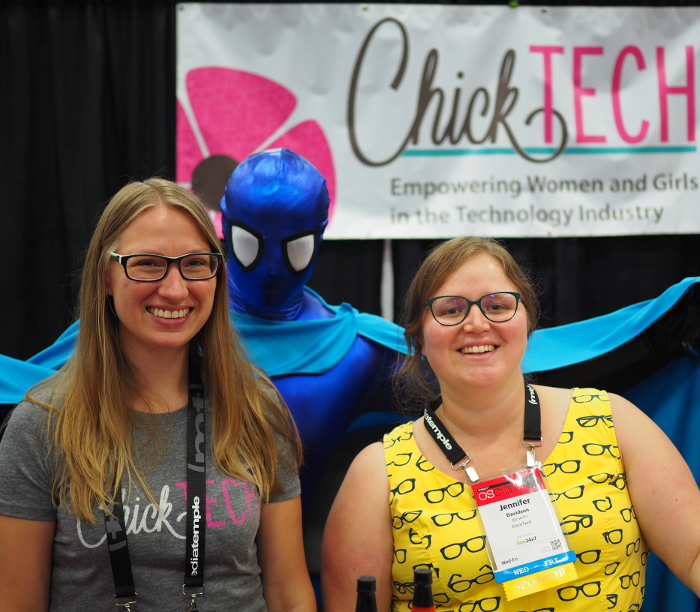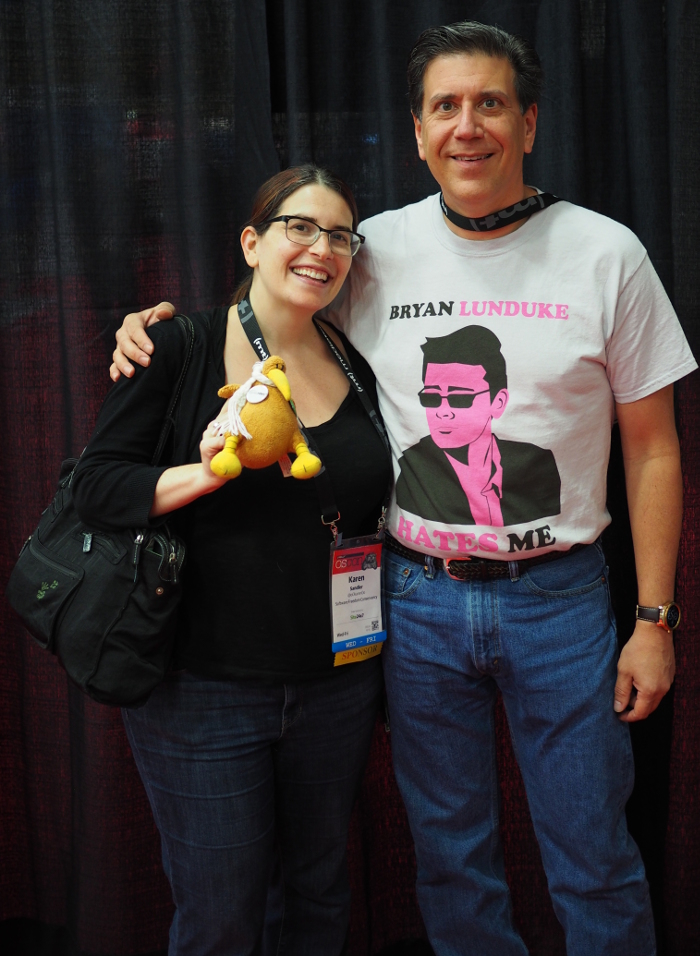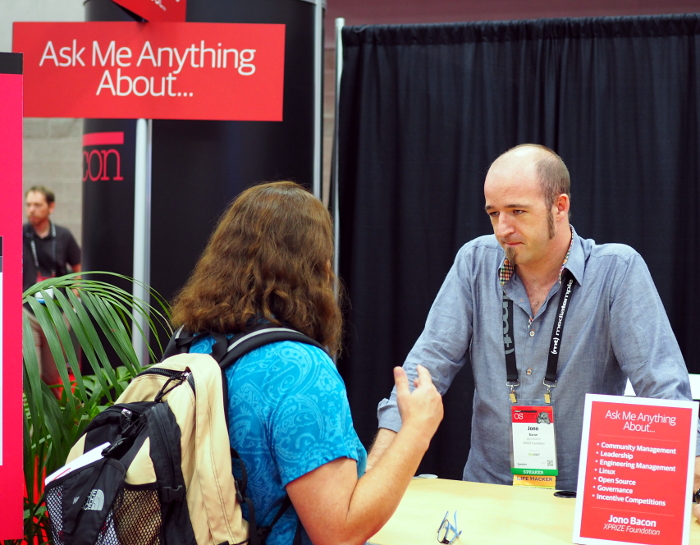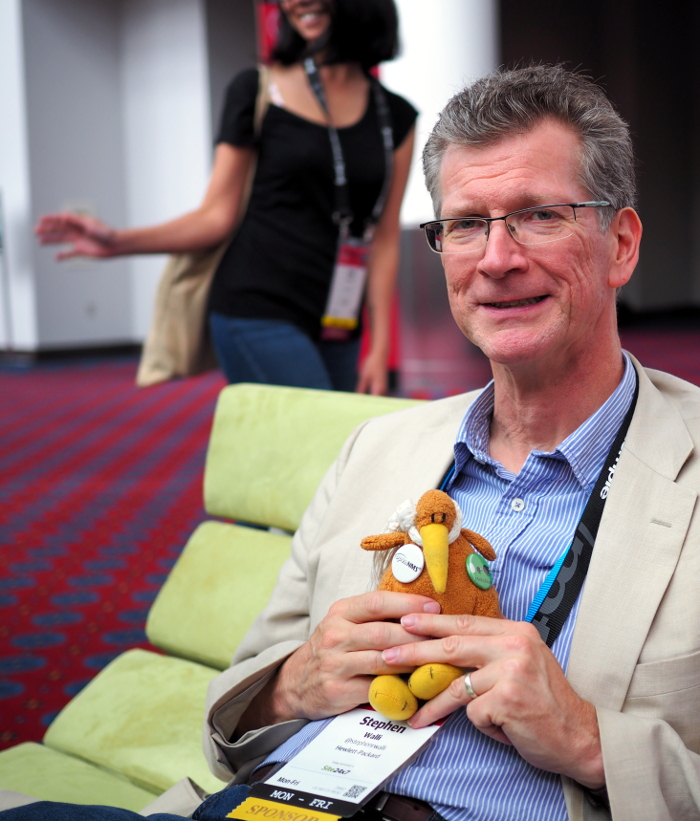The last 18 months of my life have been delightfully free of “open core” companies. These were companies who pretended to be “open source”, at least in their marketing materials, yet their business model was based on selling “enterprise extensions” which consisted of proprietary software that actually had the features you wanted. Basically, the open source piece was a loss leader to get you to buy the commercial edition, and as Brian Prentice pointed out so eloquently there was no real difference between “open core” and traditional closed source software. We like to call these businesses “fauxpen source“.
Customers realized this as well, which lead most open core companies to switch their tactics. While many still maintain an open source project, they have removed the term “open source” from their websites and most of their marketing (often replacing it with “open architecture”). I’m happy with this, as it allows true open source companies like OpenNMS and Nextcloud to differentiate ourselves while allowing these other companies to still produce open source software without misleading the market.
But lately I’ve been introduced to two new licenses that offer access to the source code without meeting the ten requirements of the Open Source Definition. These licenses further muddy the waters due to giving access to the code without including the freedoms of truly open software.
The first case was from Monty Widenius, who announced a proprietary Business Source License (BSL) for some of the MariaDB products. Monty was the guy who earned €16.6 million by selling MySQL to Sun and then got upset when Sun got bought by Oracle. Apparently, he seems to be unhappy that he isn’t earning enough money from his fork of MySQL products so he wants to create commercial software but not call it that.
The BSL, or as I call it, the “Rape of Large Companies License” allows the developer to offer the code up for use for free unless you cross some sort of arbitrary threshold, also set by the developer. In three years that code will revert to an OSI approved license, in this case the GPLv2, and if you are above the usage threshold then you don’t have to pay anymore.
I’m not sure what his goals are here, outside of running a commercial software business while paying lip service to open source software. Perhaps he hopes to get people to contribute to BSL licensed projects as long as their use case is small enough not to cross the “pay me” threshold, but more likely he just wants to ride on the coattails of the success of open source software without committing to it.
I learned of another such license called the Fair Source License (FSL) from a post by Ben Boyter who writes the Searchcode Server. Ben, at least, is a lot more up front about his reasons for adding a “GPL Timebomb” to his code. Initially, the code is published under the FSL but with a switch to the GPLv3 in three years. He isn’t expecting contributions and instead has offered up the code simply so it can be audited for back doors. As this is one of the more powerful features of open source software I applaud him for doing it, but I really wish he hadn’t used the term “bomb”. I have to deal with terms like “GPL poisoning” enough in my business that negative words like that just tend to scare people. He should have called it “Happy Fun Lucky GPL Gift Giving Time!”
Look, I’m all for anything that gets more code out there under an OSI-approved license but, c’mon, three years is a lifetime in this industry. Enterprise customers, who would be most affected by this license, will still have to approach the buying decision as if a BSL or FSL licensed application were commercial software. Even with the three year revenue window, it is unclear what happens if, say, a huge security bug is discovered three years out. Does the code to fix that bug restart the clock?
The whole process is confusing and doesn’t help the cause of open source software. I think open source is awesome and extremely powerful, and when I see things like this I’m almost insulted, as if the developer is saying “when I’m done you are welcome to my leftovers”. Instead of announcing a future switch to an open source license years in advance, they should just open it when they are ready, like id Software does with the Doom engine.
I’m giving a talk at All Things Open about running a truly open source business, the core point of which is that you can’t have an open source business with a business model based around selling software. No matter how you dress it up by either calling it “open core” or “business source” it is still proprietary software.
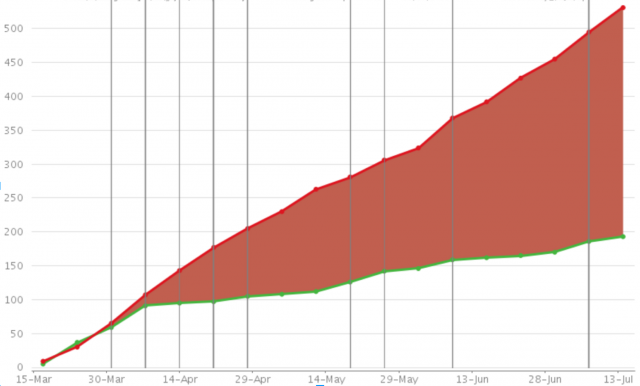
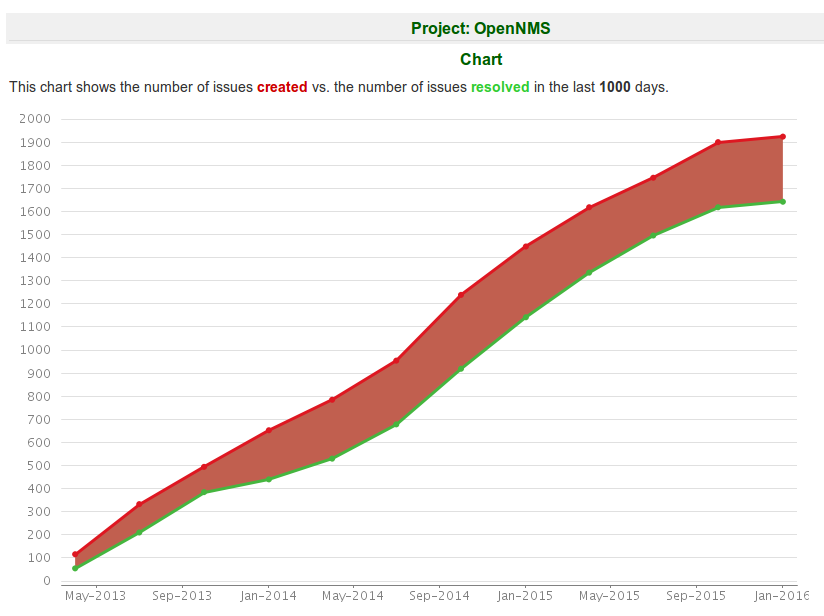


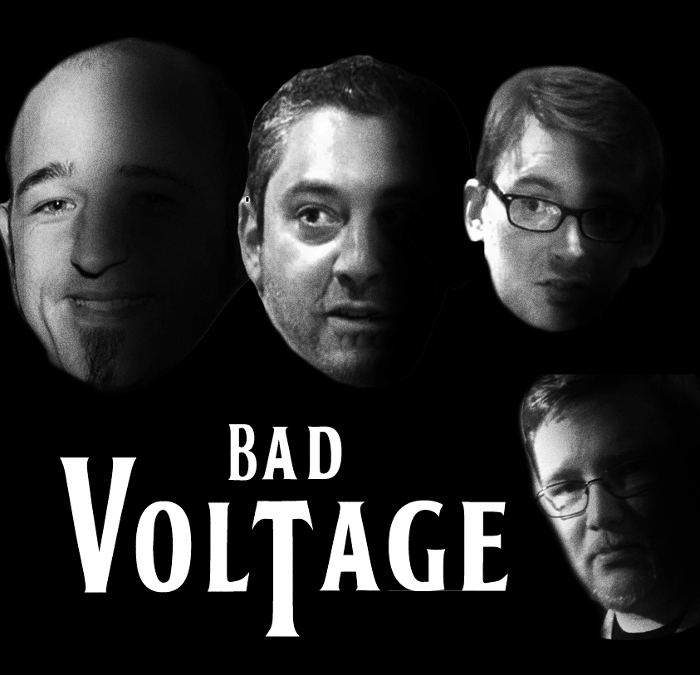
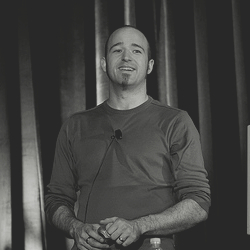 Jono Bacon is Paul. If you have heard of anyone from Bad Voltage, chances are it is Jono. He’s kind of like the Elvis of open source. He was a presenter for
Jono Bacon is Paul. If you have heard of anyone from Bad Voltage, chances are it is Jono. He’s kind of like the Elvis of open source. He was a presenter for  Bryan Lunduke is John. He gets to be John because he has heartfelt opinions about everything, and usually good arguments (well, arguments at least) to back them up. He has passion, much of which he puts into promoting
Bryan Lunduke is John. He gets to be John because he has heartfelt opinions about everything, and usually good arguments (well, arguments at least) to back them up. He has passion, much of which he puts into promoting  Jeremy Garcia is George. Although none of these guys could be described as “quiet”, he is the most reserved of the bunch, but when he opens his mouth he always has something interesting to say. You can’t be part of this group and be a wallflower. I’m not sure if he has a day job, but
Jeremy Garcia is George. Although none of these guys could be described as “quiet”, he is the most reserved of the bunch, but when he opens his mouth he always has something interesting to say. You can’t be part of this group and be a wallflower. I’m not sure if he has a day job, but 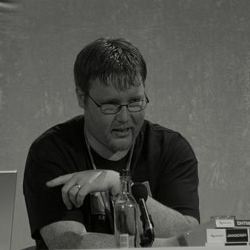 Stuart is Ringo, known to his friends as “Aq” (short for “Aquarius” – long story). He is pretty unfiltered and will hold forth on topics as wide ranging as works of science fiction or why there should be no fruit in beer. He was also a member of LugRadio as well as an employee of Canonical, and now codes and
Stuart is Ringo, known to his friends as “Aq” (short for “Aquarius” – long story). He is pretty unfiltered and will hold forth on topics as wide ranging as works of science fiction or why there should be no fruit in beer. He was also a member of LugRadio as well as an employee of Canonical, and now codes and 